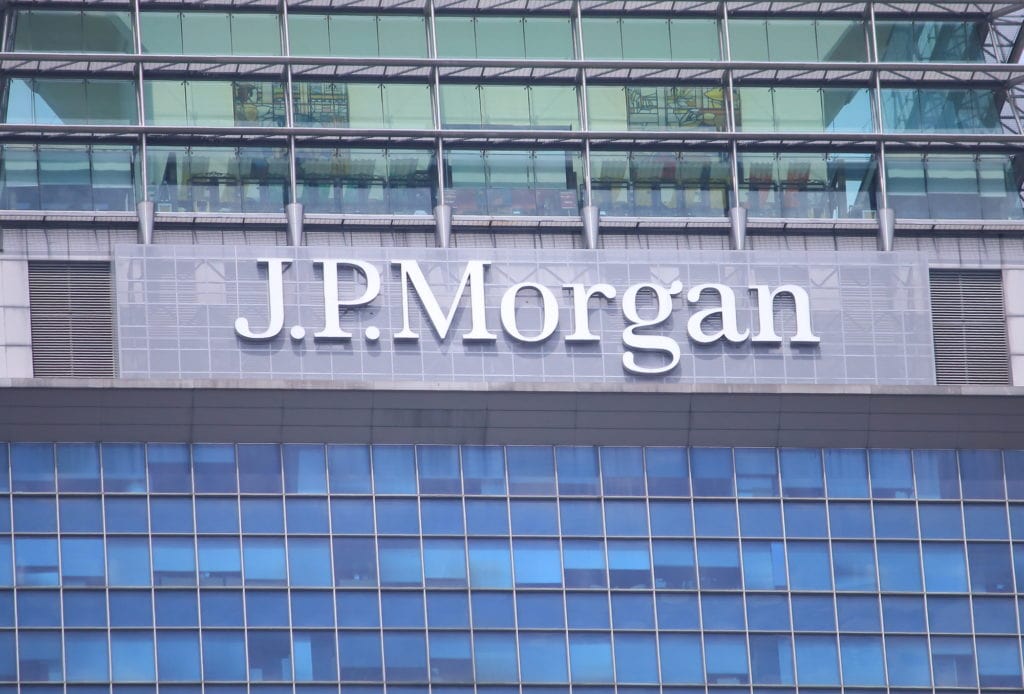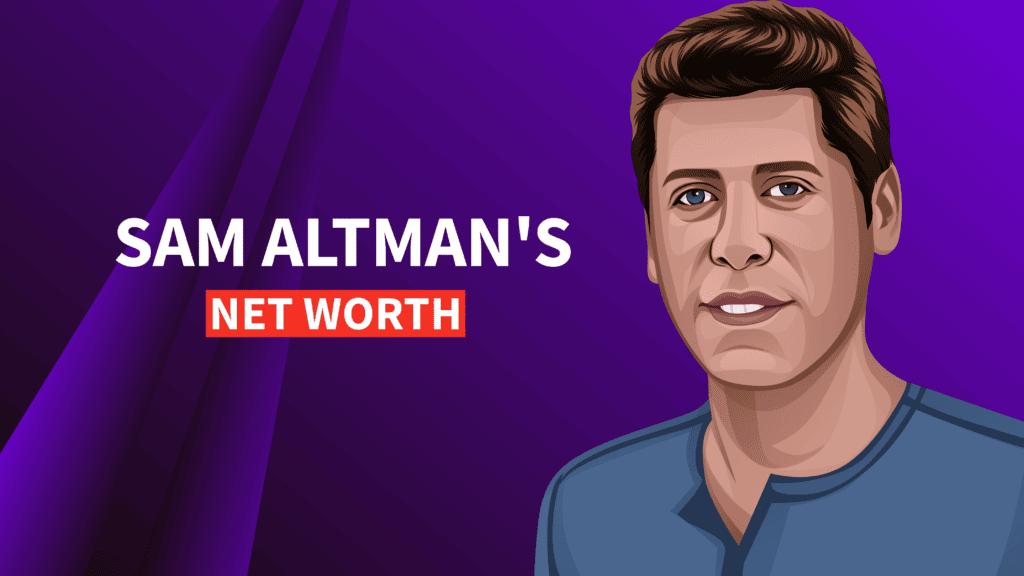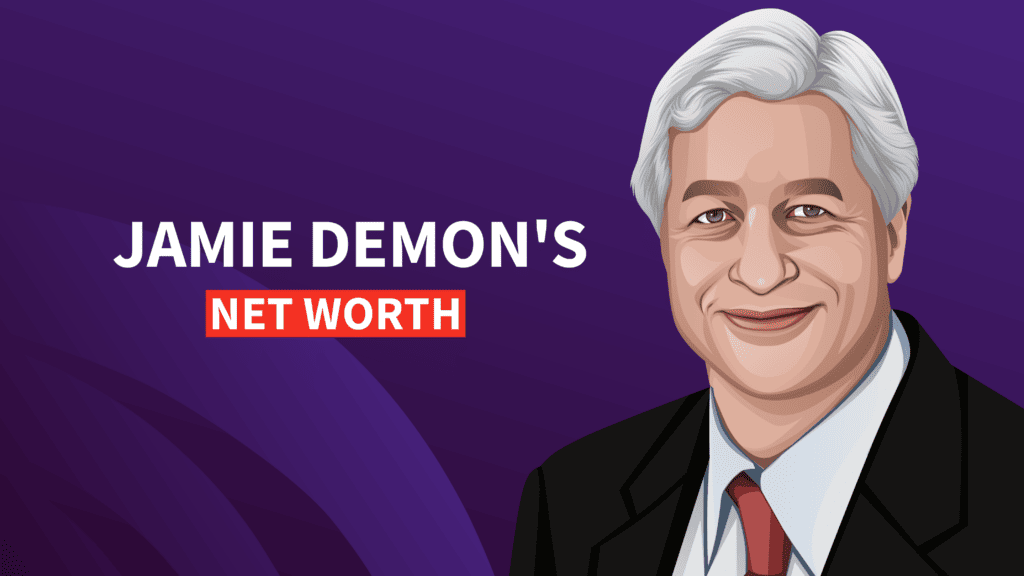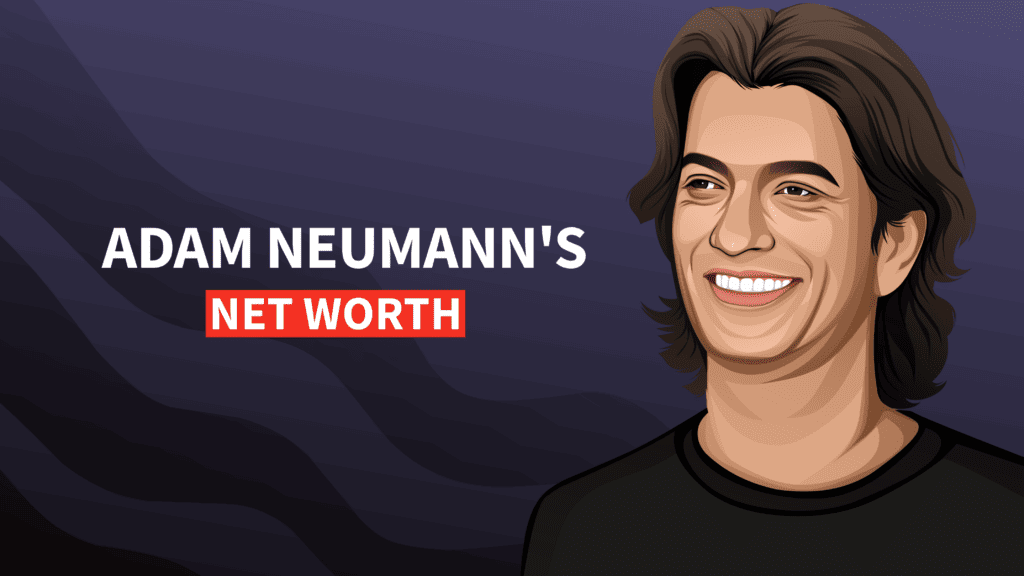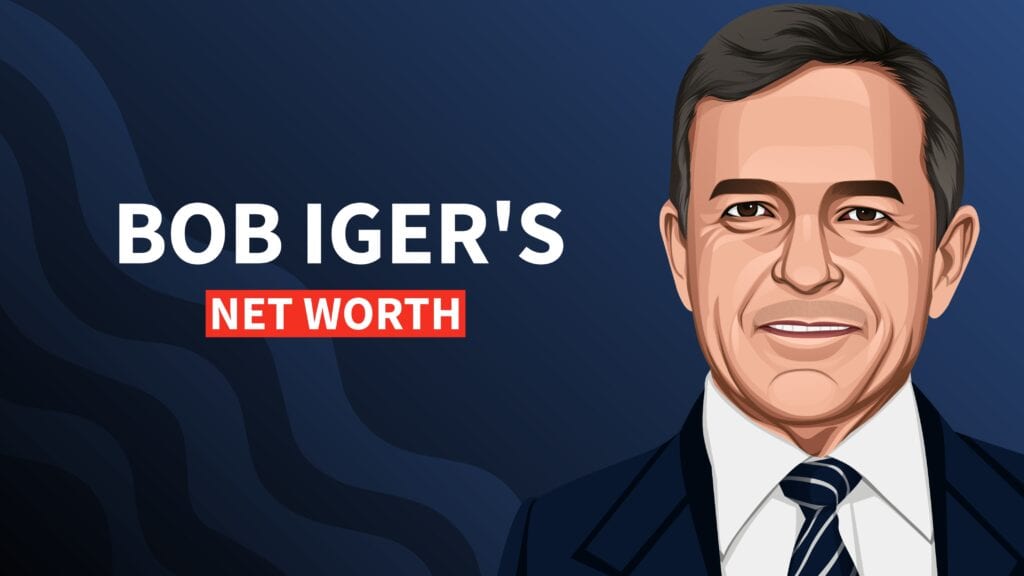JP Morgan (birth name John Pierpont Morgan) is one of the world's wealthiest and most successful businessmen. His bank, JPMorgan Chase, remains the number one financial services company in the United States. Although Morgan died in 1913, he left behind a powerful legacy, including his international banking firm, a vast art collection, and worldwide renown as the man who twice bailed out the U.S. Treasury in the late 1800s.
If you've ever wondered how one man could amass such wealth and success during his lifetime, you'll enjoy this look into one of the U.S.'s most powerful bankers.
What Was JP Morgan Famous For?
J.P. Morgan made a name for himself by founding private banks and reorganizing businesses to make them more stable and profitable. He also financed industrial consolidations that led to the creation of General Electric, International Harvester, and U.S. Steel.
Historians remember Morgan as one of American capitalism's most influential people. At a critical time in the country, he essentially ran the economy, hoisting it up and keeping it from collapse. He also has a prominent place in history due to his art donations to New York City's Metropolitan Museum of Art and book collection in the Morgan Library and Museum.
J.P. Morgan: The Beginnings
JP Morgan's place of birth was Harford, CT, on April 17, 1837. He was born into a distinguished family that already had a long list of achievements:
- Joseph Morgan, his paternal grandfather, was the founder of the Aetna Insurance Company.
- J.P.'s father, Junius, was a partner in a dry goods business and a partner in a London merchant banking firm.
- J.P.'s mother, Juliet Pierpont, was the daughter of minister and noted poet John Pierpont, famous for writing and composing "Jingle Bells."
- His fourth great-grandfather, James Pierpont, was the founder of Yale University.
As a child, J.P. Morgan spent long periods at home due to his seizures and other medical ailments. During times of good health, he visited art galleries with his parents. This was the beginning of his love for the arts.
JP Morgan's Education
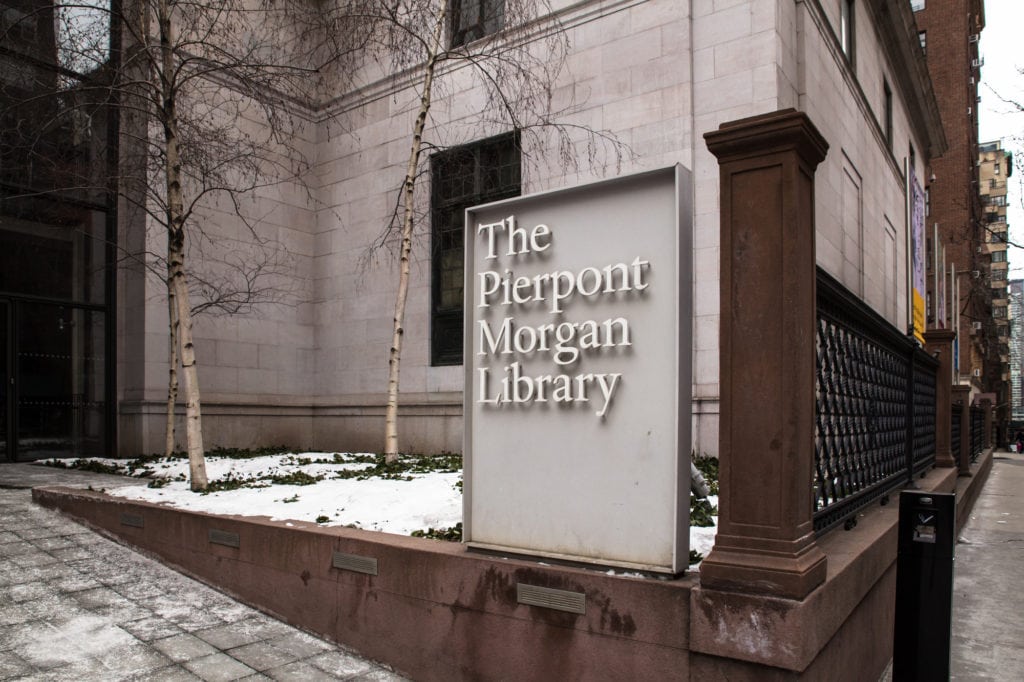
After graduating from English High School in Boston in 1854, Morgan attended the University of Göttingen in Germany. There, he learned French and German language before returning to New York to begin a finance career.
J.P. Morgan Careers: His Rapid Rise to Greatness
Morgan's first job was working as an accountant intern for New York's Duncan, Sherman, and Co., which was a business affiliate of his father's. From there, he moved on to Dabney, Morgan, and Co., where he grew his wealth by investing British money into the post-war U.S. economy. He considered retirement at this time, but his father, Junius, dissuaded him. Instead, Junius connected J.P. with Anthony Drexel, an American banker. J.P.'s alliance with Drexel eventually created Drexel, Morgan & Co., which later became J.P Morgan & Co—the company that would bear his name for over a century.
JP Morgan understood his familial connections were what put him on the path to success. In The House of Morgan: An American Banking Dynasty and the Rise to Modern Finance, it shares how Morgan told New York Governor Grover Cleveland, "If I have been able to succeed in the station of life…I attribute it more than anything to the endorsement of my father's friends."
Junius's position as a merchant banker in London gave J.P. a connection to British money that established the foundation for his successful career.
Who Was JP Morgan's Wife?
Morgan married Amelia Sturges in 1861. She was the daughter of a wealthy New York businessman. Sadly, Amelia died of tuberculosis just four months after the wedding. Morgan then married Frances Louisa Tracy, the daughter of a New York lawyer, in 1865. They had four children together, including John Pierpont "Jack" Morgan, Jr. Jack eventually took over his father's business following J.P. Morgan's death in 1913.
How Did JP Morgan Get Rich?
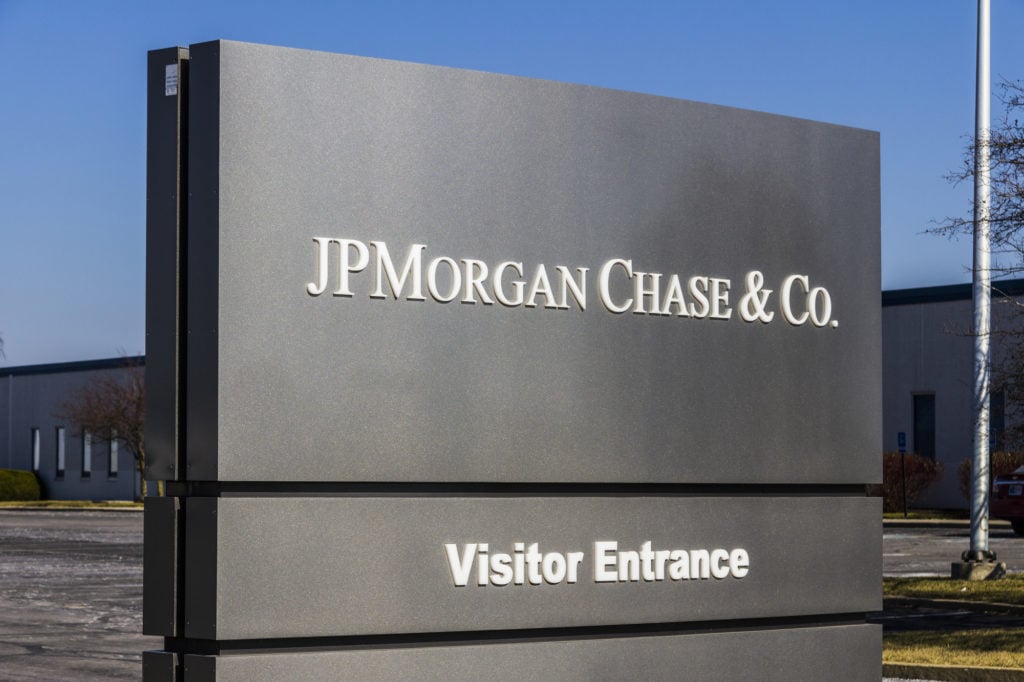
Morgan had a familial advantage that helped him to become rich and successful. He came from generations of wealth and professional achievements. His father, Junius, ensured J.P. had the best education and career opportunities. When Junius died in 1890, he received an inheritance along with his father's role in the banking empire, which doubled Morgan's fortune overnight. Drexel died soon after, leaving the banking firm in Morgan's hands.
However, Morgan also had a unique acumen for business that enabled him to make wise decisions and strategic partnerships to achieve an even higher level of success than his family members.
After becoming a partner with Drexel's firm in 1871, and the firm taking his name in 1895, J.P. Morgan & Co. grew to become one of the most powerful banking firms in the United States. Morgan's strongest business skill was turning failing companies into profitable ones.
Following the U.S. financial panic of 1893, JP Morgan helped the railroad industry to recover by merging railroad companies and becoming a stockholder in each company. The mergers enabled him to amass a great fortune.
He used the same merger strategy for the steel industry in 1898. He merged several companies to form the United States Steel Corporation, boosting his wealth significantly in the process.
What Was JP Morgan's Inheritance?
On April 3, 1890, Junius Morgan died a few days after a horse threw him from his carriage. J.P. inherited Junius's estate worth $12 million and took over his father's role in the banking firm. When Drexel died three years later, their banking firm, Drexel, Morgan & Co., fell under JP Morgan's complete control. He renamed the firm J.P. Morgan & Co.
JP Morgan Saved the U.S. Economy
Historians credit JP Morgan with saving the United States economy twice. In 1895, J.P. Morgan & Co. offered a bond that rescued the country from a two-year depression stemming from the post-war railroad boom and subsequent bank failures. With gold reserves dwindling, Morgan's firm formed a syndicate to purchase gold and protect the Treasury from withdrawals.
In 1907, Morgan came alongside the federal government to provide relief during a Wall Street crisis. Because there was no central bank, Morgan worked with other financiers to bail out failing financial institutions to stabilize the markets.
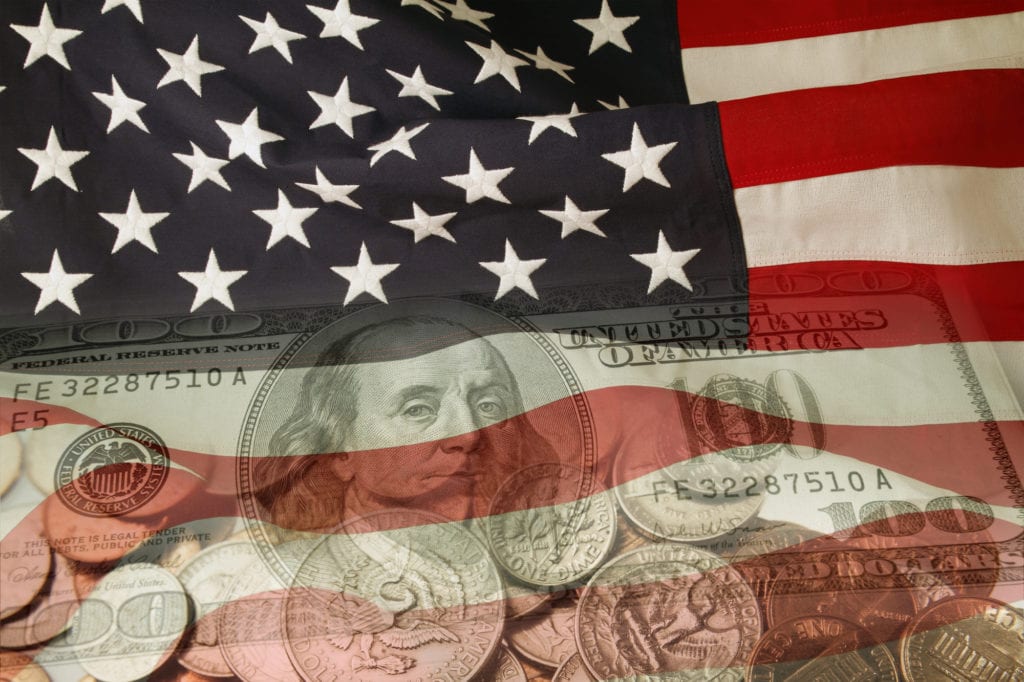
At this point, some progressive politicians and journalists did not approve of Morgan's financial practices. This resulted in a 1912 federal committee investigation into Morgan. They believed he was creating unfair monopolies through his practice of combining companies to establish corporations. Morgan testified before a congressional committee. The hearings resulted from the creation of the Federal Reserve System in December 1913 and, eventually, the passage of the Clayton Antitrust Act of 1914.
JP Morgan and The First Billion-Dollar Company
Morgan turned his attention to the steel industry in the late 1890s as the depression ended. He developed an alliance with Charles Schwab, Carnegie Steel's president, which led to a secret sale of Carnegie Steel for $480 million. At the time, this amount was more than the U.S. federal government's entire budget.
In 1901, Morgan merged his steel companies to establish U.S. Steel. The corporation had a $1.4 billion market cap, making it the country's first billion-dollar company. JP Morgan was at the top of the banking industry and railroad industry and controlled 60% of the steel industry. He also sat on the board of directors for 48 different companies.
Building a billion-dollar company was practically an impossible dream back then. Now, we have companies worth trillions in the news. Founders today don't even have to do it the hard way, like they did back in the 1800s and 1900s. Instead, they can follow the Owner's Model, which is what we teach inside the Capitalism Incubator.
How Much Is JP Morgan Worth?
What about the J.P. Morgan net worth? When Morgan died in 1913, his net worth was $118.3 million, half in his estate and half in his art collection. At the time, that amount was nearly 0.3% of the United States' gross domestic product (GDP). Today that would look like a net worth of $49 billion, making it among the greatest individual fortunes in the country's history.
What Is JP Morgan Chase?
In 2000, Chase Manhattan Corporation merged with J.P. Morgan & Co. to form JP Morgan Chase. Located in New York City, JP Morgan Chase is a global financial services firm and leader in investment banking, consumer financial services, small business and commercial banking, financial transaction processing, asset management, and private equity. JP Morgan Chase is currently the largest bank in the U.S. and among the world's largest and wealthiest banks.
Who Is JP Morgan's Biggest Competitor?
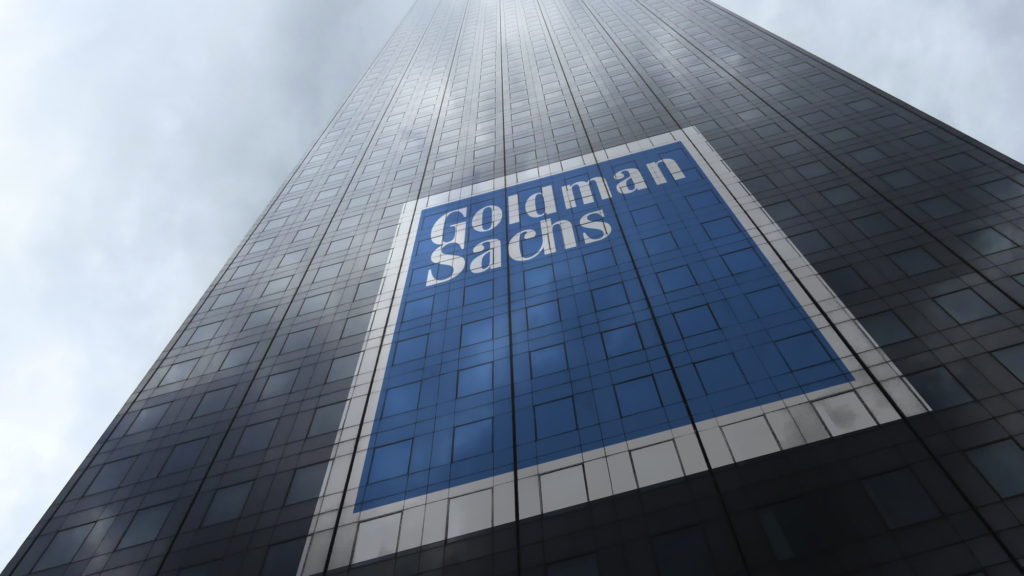
Citi is currently JPMorgan Chase's top competitor in the U.S. financial services industry. City bank started in 1812, and its company headquarters is in New York City. It generates approximately 65% of the revenue JPMorgan Chase generates.
Another top competitor is Goldman Sachs, whose headquarters is also in New York City. Goldman Sachs began in 1869 and generates approximately 33% of the revenue JP Morgan Chase generates.
JP Morgan's Art Collection
As half of J.P. Morgan's net worth was in his art collection, it's safe to say it was impressive. Historians credit Morgan for bringing some of the finest European art to the United States.
In the 1890s, world finance shifted from taking place in London to taking place in New York. As such, European aristocrats were short on cash but rich in fine art. They began trading with Americans like Morgan, who had more money than they could spend. Morgan funneled investment capital from Europe into the U.S. markets and began transferring cultural wealth in the form of art collections. He reportedly spent $1.5 billion on art during his lifetime.
Morgan was the president of New York's Metropolitan Museum of Art from 1904 to 1913. While he did not take a scholarly approach to the art, he had developed a life-long love for art collections.
He maintained his art collections in his London home for years because the United States imposed a tariff on art imports. When Congress removed the tariff in 1909, Morgan started bringing his collections to the U.S. and stored them in an ornate personal library he built.
When he died, Morgan left behind a personal art collection comparable to a royal collection. His son, Jack Morgan, unveiled the art collection and the Morgan Library & Museum to the public in 1924 by J.P. Morgan's will. The collection holds manuscripts, printed books, prints, drawings, and ancient artifacts and has a $900 million value.
Is the Morgan Family Still Rich?
Some influential families from the late 1800s and early 1900s, like the Rockefellers, have remained in the public eye. However, the Morgans have slipped into obscurity. Many of JP Morgan's descendants have made their own occupations and careers.

Jack, J.P. Morgan's son, was chairman of J.P. Morgan & Co. when he died in 1943. Grandson Harry Morgan founded the investment bank Morgan Stanley and Co., which today is Morgan Stanley Dean Witter & Co. However, no descendants have been active in JP Morgan since the mid-1970s.
As for the Morgan family fortune, it diminished during the Great Depression. The family's penchant for philanthropy further reduced the wealth. Most of the fortune was in art and property, which has depreciated with time.
JP Morgan's Death
JP Morgan's date of death was March 31, 1931. He died at age 75 at a hotel in Rome, Italy. On the day of his funeral, the New York Stock Exchange closed until noon in Morgan's honor. Morgan's grave is in the family mausoleum at a cemetery in Hartford, CT.
When he died, he left his wealth and business to his son, Jack. He gave instructions in his will for his art and book collection to go to the Morgan Library, which later became the Morgan Library & Museum.
In Case You're Wondering…
As you go down the J.P. Morgan rabbit hole, you may have some related questions. We've got the answers you want:
What Is the Largest Bank in the World?
By the terms of total assets under management (AUM), the largest bank worldwide is the Industrial and Commercial Bank of China Ltd. The bank started in 1984, and it provides loans, credit cards, business financing, and money management services for high net worth individuals and corporations. The Industrial and Commercial Bank of China Ltd. has a $123.6 billion revenue and a $45.3 billion net income.
JPMorgan Chase & Co. ranks as the second-largest bank in the world with a revenue of $114.6 billion and a net income of $36.4 billion.
Which Bank Is the Richest?
Are the largest bank and the richest bank the same? Yes! The wealthiest bank in the world is the Industrial and Commercial Bank of China. Since its founding in 1984, the bank has grown to become the largest and richest bank globally, according to market capitalization and total assets.
The ICBC's headquarters is in the Xicheng District in Beijing, China. Subsidiaries include P.T. Bank ICBC Indonesia, ICBC Turkey, and fourteen other financial institutions. The parent organization of ICBC is Central Huijin Investment.
In the United States, the wealthiest bank with a balance of $2.73 trillion is JPMorgan Chase.
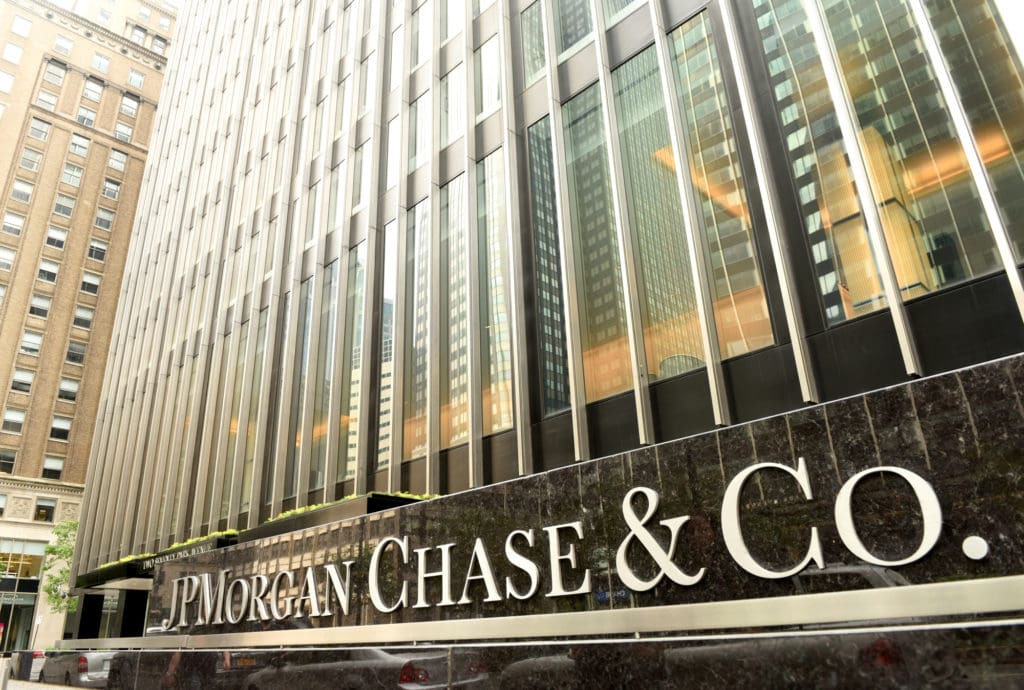
What Are the 10 Largest Banks in the World?
According to Investopedia, the ten biggest banks in the world are:
- Industrial and Commercial Bank of China Ltd.
- JPMorgan Chase & Co.
- Japan Post Holdings Co. Ltd.
- China Construction Bank Corp.
- Bank of America Corp.
- Agricultural Bank of China Ltd.
- Credit Agricole SA
- Wells Fargo & Co.
- Bank of China Ltd.
- Citigroup Inc.
The Bottom Line
One of J.P. Morgan's famous quotes is, "No price is too great for a work of unquestioned beauty and known authenticity." His passion was art, and he used his approach to business and capitalism to build one of the most impressive art collections in the United States during the early 1900s. It's a collection that continues to bring joy to others today.
JP Morgan knew what he wanted, and he leveraged his connections, personal wealth, education, and business acumen to create more of what he wanted in life.
If you are ready to go after what you want in life as an entrepreneur, we have the tools to guide you. Inside the Capitalism Incubator, you'll have access to many of the same benefits JP Morgan had - great business ideas, powerful business connections, and the funding you need to grow and scale your business. You can find out more and submit your application right here.
